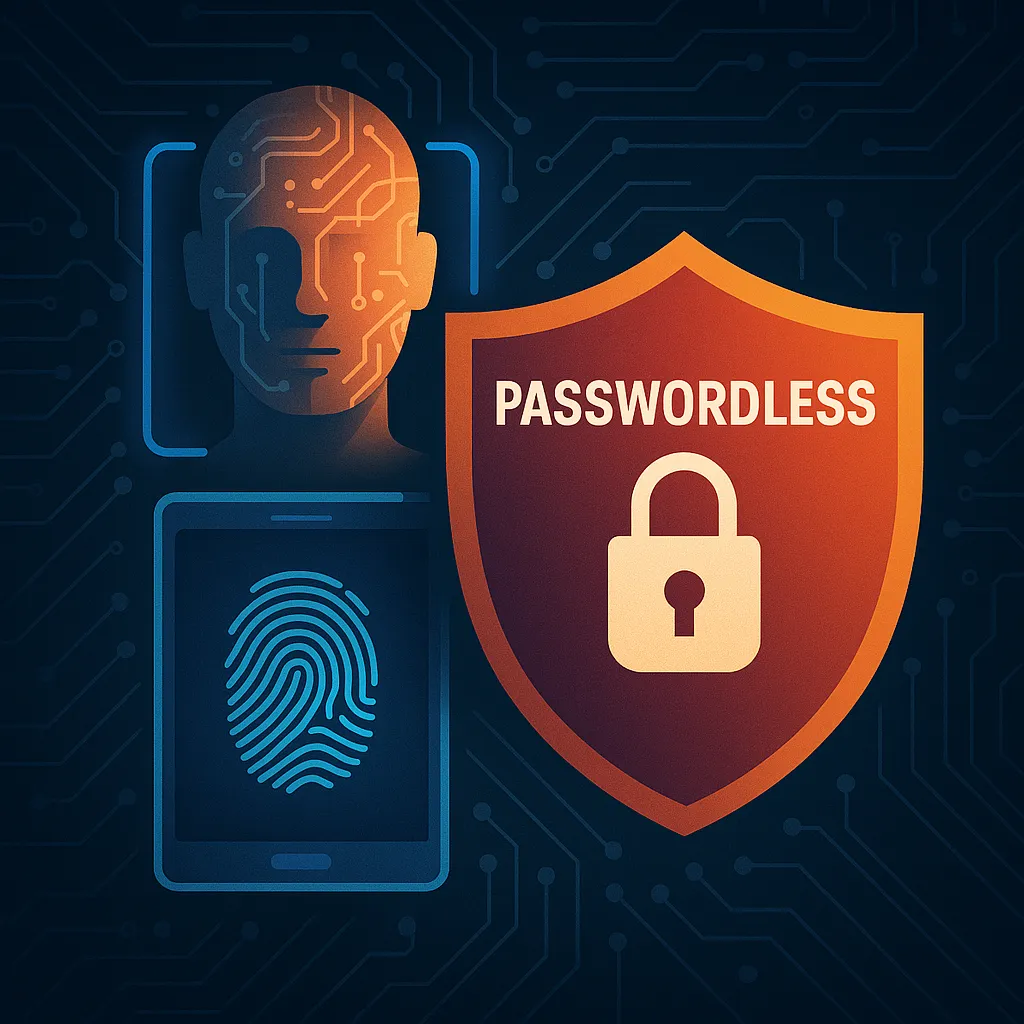Embracing a Passwordless Future in Cybersecurity
As technology evolves, so does the landscape of cybersecurity. One of the most significant shifts we are witnessing is the move towards passwordless authentication systems. This blog post will explore what passwordless authentication entails, its benefits, challenges, and how it's being implemented by organizations around the world.
What is Passwordless Authentication?
Traditionally, users have relied on passwords to access their accounts and secure their data. However, passwordless authentication systems provide a way for users to access their accounts without needing to enter a password. This can be achieved through various means such as biometrics, security tokens, or SMS codes. GoTeleport discusses how these technologies are replacing traditional passwords.
The Role of Multi-Factor Authentication (MFA)
In a passwordless ecosystem, Multi-Factor Authentication (MFA) plays a crucial role. MFA requires users to provide multiple pieces of evidence to verify their identity, which significantly enhances security. According to The Hacker News, understanding the dynamics of MFA is essential for organizations transitioning to passwordless systems.
How FIDO2 Enhances Passwordless Authentication
The FIDO2 standard is pivotal in the widespread adoption of passwordless technology. It allows for stronger authentication mechanisms that are also easier for users to manage. An example of this implementation is seen with rf IDEAS and IDmelon, as covered by Automate News, providing an end-to-end solution converting existing credentials into FIDO2 security keys.
Passkeys: A Case Study
Passkeys are emerging as a promising passwordless solution, particularly evident in the consumer electronics space. The concept of passkeys is explored in detail by Apple News in their coverage on how these keys work and how they offer a secure and frictionless user experience.
Benefits of Going Passwordless
The adoption of passwordless methods offers numerous benefits. These include enhanced security, as there's no password that can be stolen or phished, and improved user convenience. Moreover, it reduces the costs associated with password resets and IT support.
Challenges and Considerations
Despite its benefits, the transition to passwordless authentication is not without challenges. Issues such as technological adoption, user education, and potential reliability concerns need to be addressed. Additionally, there are considerations regarding the accessibility and equity of such technologies, especially in diverse demographic and socio-economic settings.
Conclusion
As we move towards a more secure and user-friendly cybersecurity environment, passwordless authentication stands out as a promising development. Organizations must consider their specific needs and the potential challenges in implementing such systems, but the benefits can be significant. As technology continues to advance, so too will the solutions for keeping our digital lives secure.
